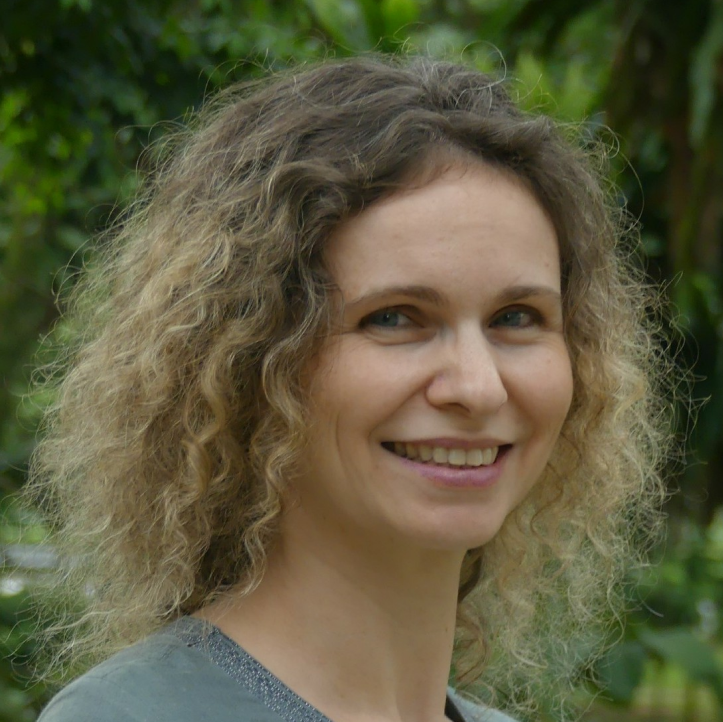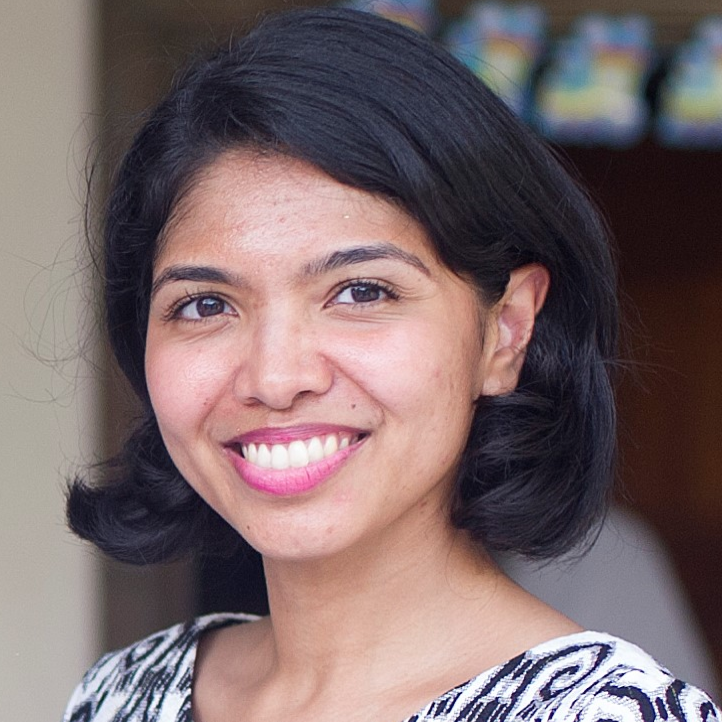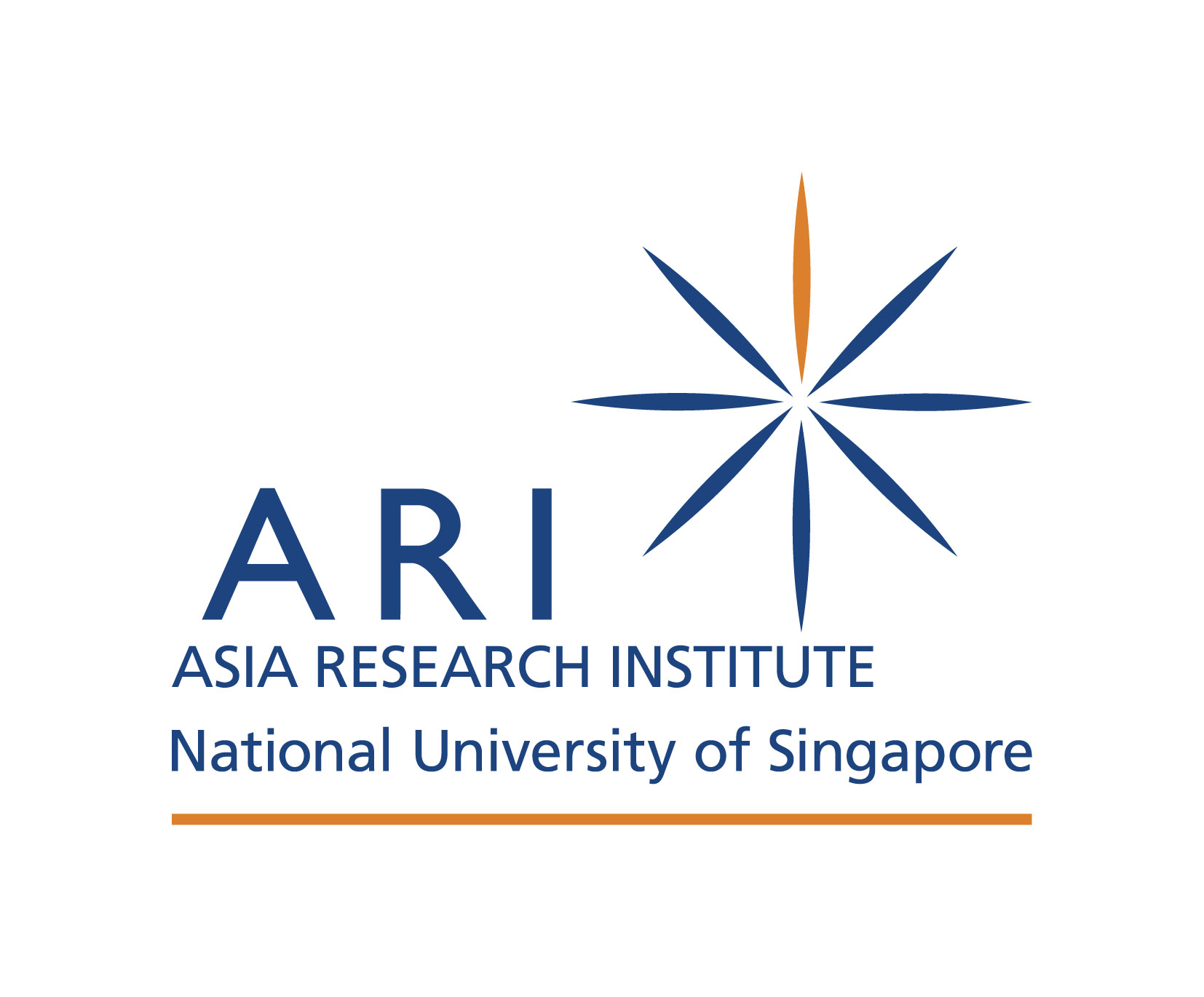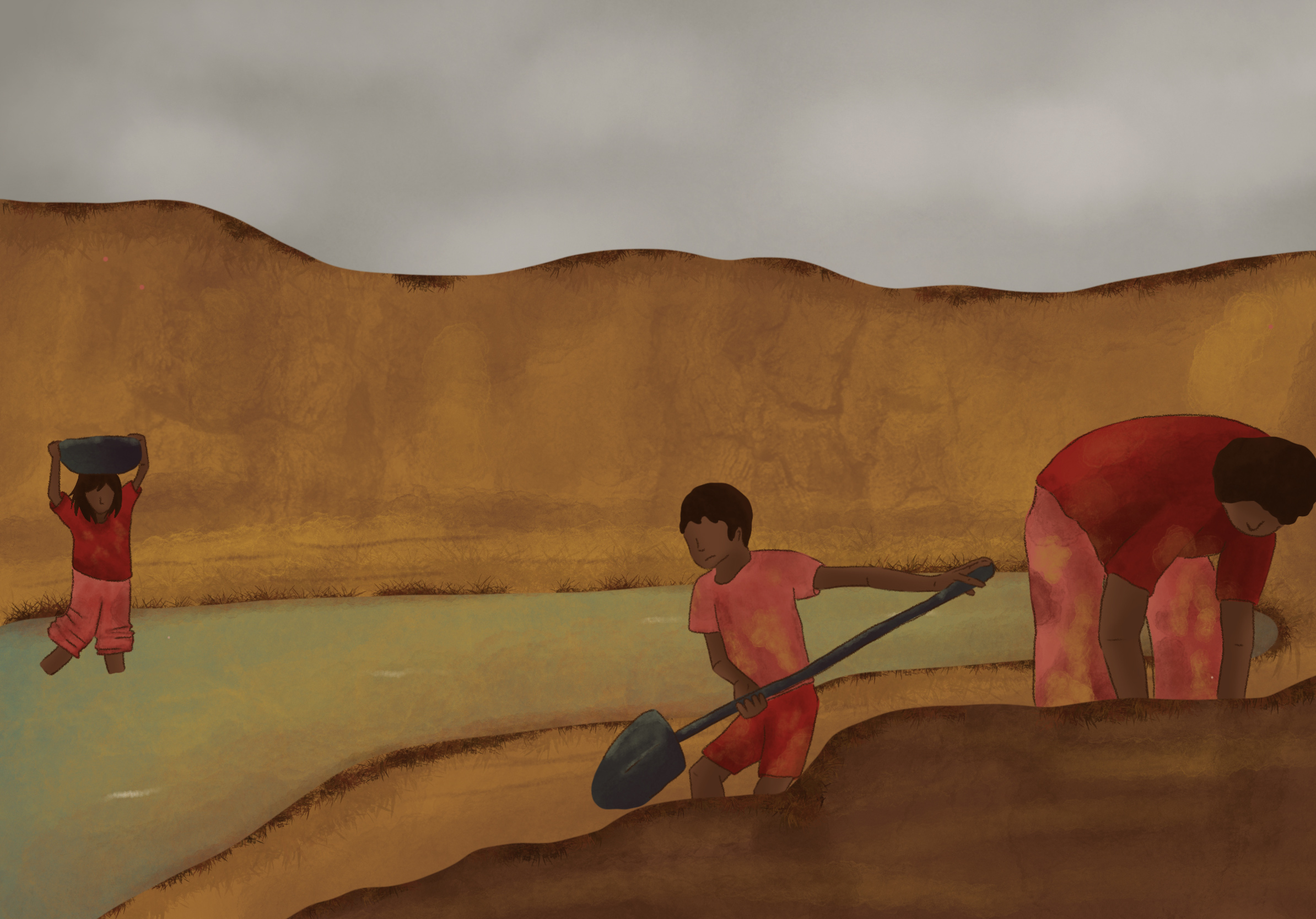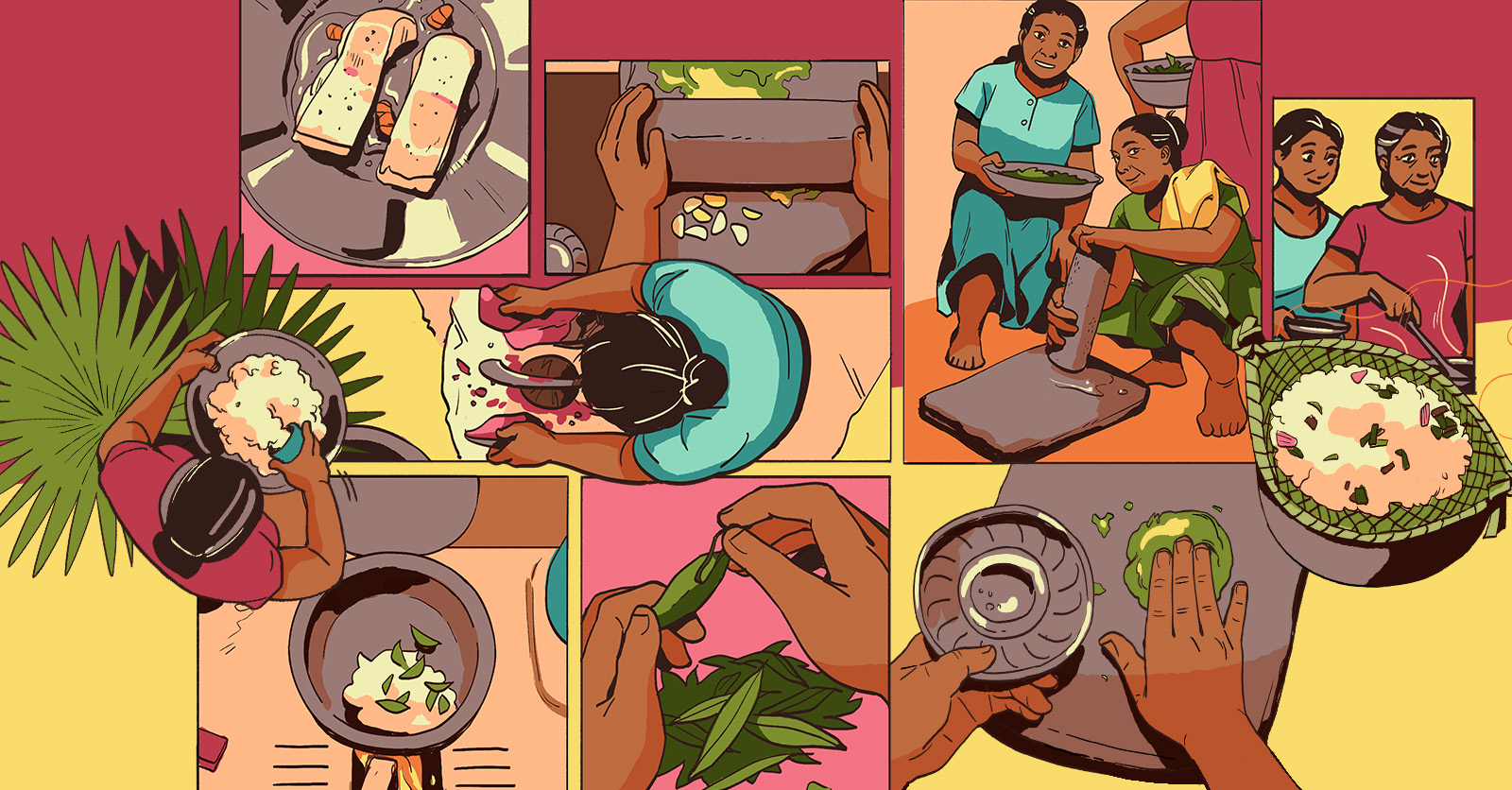Dr Michelle Ann Miller is a Senior Research Fellow at the Asia Research Institute, National University of Singapore. Her research interests include environmental governance, urban change and transboundary relations in Southeast Asia.
Dr Helena Varkkey is an Associate Professor at the Department of International and Strategic Studies, Universiti Malaya and an Associate Member of the Inter-Asia Engagements Cluster at the Asia Research Institute. Her research areas include transboundary haze diplomacy in Southeast Asia and global palm oil politics.
The Asia Research Institute at the National University of Singapore, is one of the world's foremost research centres on Asia. The Institute brings together scholars working across the social sciences and humanities, forming a vital space for Asia-focused cross-disciplinary research collaboration.


